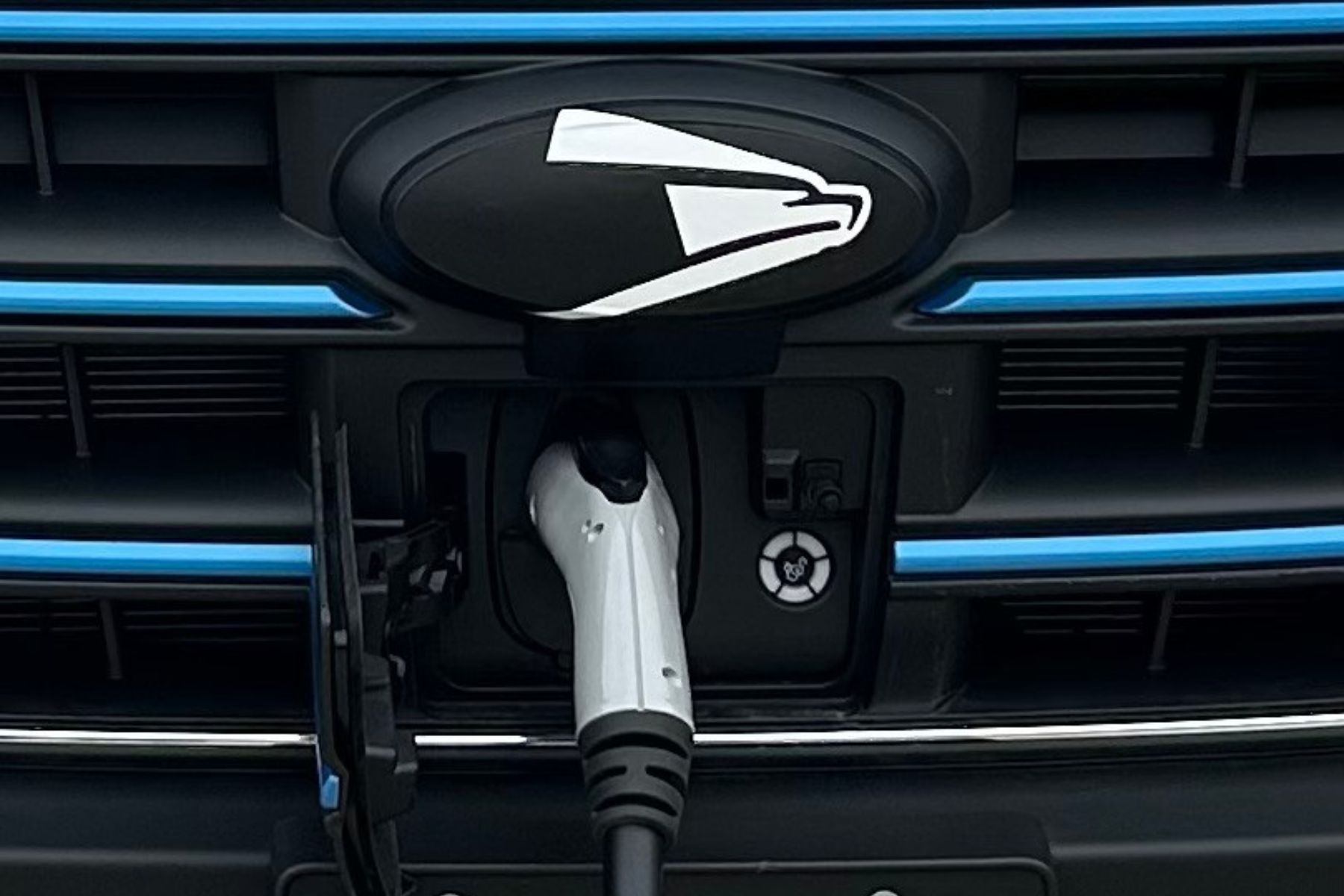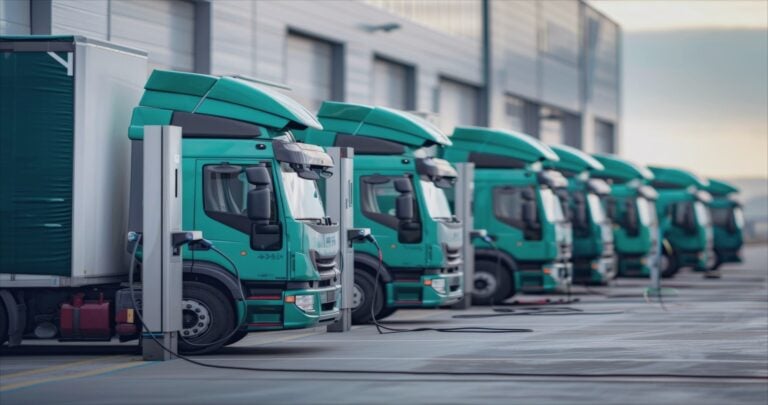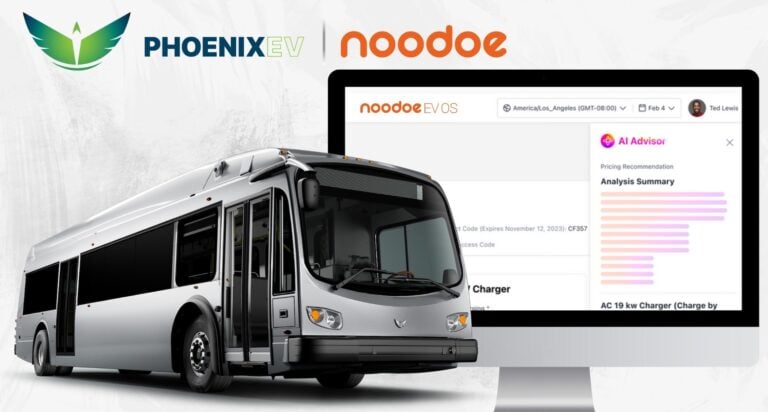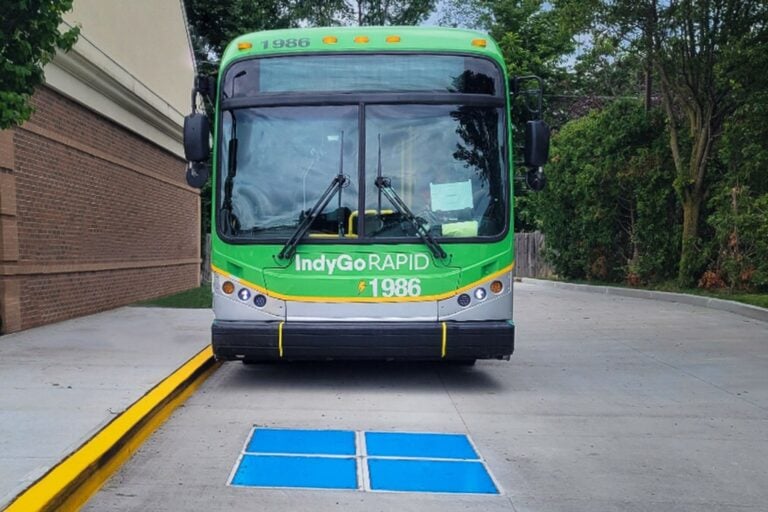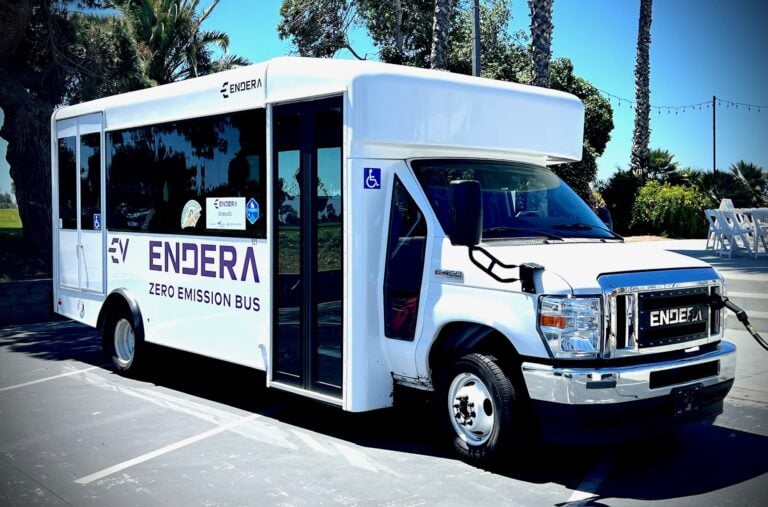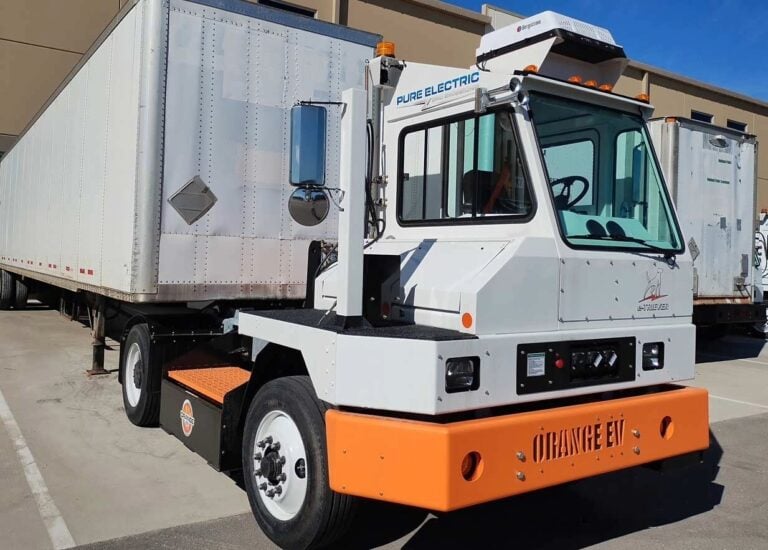In a significant step towards modernization, the United States Postal Service (USPS) has introduced its first electric vehicle (EV) charging stations at the South Atlanta Sorting and Delivery Center (S&DC), a move celebrated by White House officials. This event marks the beginning of a nationwide initiative to equip hundreds of new USPS S&DCs with infrastructure to support over 66,000 USPS electric delivery vehicles, positioning the agency at the forefront of the nation’s largest EV fleet deployment.
This rollout is a key component of USPS’s 10-year Delivering for America® plan, aimed at transforming the nation’s postal network through a $40 billion investment in processing, transportation, and delivery networks. The electrification of the USPS delivery fleet reflects a commitment to sustainability, efficiency, and modernization.
See also: USPS to Deploy Over 66,000 Electric Vehicles by 2028
Postmaster General Louis DeJoy emphasized the environmental and operational benefits of this initiative. He highlighted the efficiency gains, reduced carbon footprint, and minimized waste resulting from these modernization efforts. DeJoy also expressed gratitude for the support from Congress and the Biden Administration, particularly citing the financial aid from the Inflation Reduction Act.
John Podesta, the President’s Senior Advisor for Clean Energy Innovation and Implementation, and Brenda Mallory, the White House Council on Environmental Quality Chair, both lauded USPS’s efforts. Podesta remarked on the nationwide familiarity with USPS vehicles and carriers, noting that the electrification of these vehicles would make EVs a common sight. Mallory celebrated the initiative as a victory for the postal service, the EV industry, the workforce, and the environment, aligning with President Biden’s Investing in America agenda.
At the event, USPS showcased the newly acquired, battery-powered commercial off-the-shelf (COTS) delivery vehicles, manufactured domestically. These vehicles, equipped with air conditioning and advanced safety technology, are set to begin deployment in Georgia, with plans to expand nationwide. The procurement of these EVs and charging stations is facilitated by USPS’s improving financial condition and the $3 billion congressional funding under the IRA.
State-of-the-Art S&DCs: Hubs for EV Deployment
Approximately 400 selected sites will be transformed into S&DCs under the DFA plan. These centers, which enhance mail and package delivery efficiency, will also serve as local deployment hubs for the EVs. As of January 2024, 29 S&DCs are operational nationwide.
Nationwide Electric Vehicle Charging Network
Siemens manufactured the charging stations unveiled at the Atlanta S&DC. These stations are designed for efficient overnight charging of USPS EVs. The first 14,000 EV chargers will be supplied by Siemens, Rexel/ChargePoint, and Blink.
Electrifying America’s Largest Federal Fleet
The event featured battery electric COTS vehicles from Ford Motor Company. USPS plans to procure 21,000 COTS EVs, including 9,250 from Ford, subject to market availability and operational feasibility. Additionally, USPS aims to add at least 45,000 battery-electric Next Generation Delivery Vehicles (NGDVs) by 2028, totaling over 66,000 EVs in the delivery fleet. This initiative represents one of the nation’s largest commitments to vehicle electrification.
The modernization of the USPS fleet will also improve operational efficiency. For instance, the Ford E-Transits displayed have nearly three times the cargo capacity of the current Grumman LLV delivery vehicles, which will enhance delivery operations and reduce the need for multiple trips.
Advancing Sustainability through Modernization
The USPS’s DFA transformation plan underpins the continuous improvement in the sustainability of its operations. Each step forward in this transformation, from new facilities to optimized transportation and delivery routes, contributes to reducing the organization’s carbon footprint. For more information on USPS’s sustainability efforts, the public is encouraged to visit the Sustainability pages on about.usps.com.

